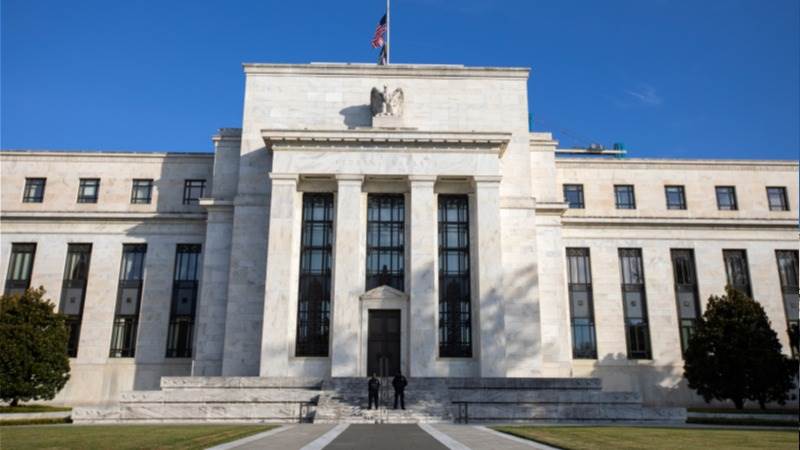Washington, United States – US economic output increased by more than previously thought in the first quarter of this year, the Commerce Department said Thursday, although it still indicates the economy is weakening.
The US economy has cooled this year as the impact of multiple rounds of interest-rate hikes to tackle inflation begins to be felt, with the Federal Reserve predicting the country will enter a mild recession towards the end of the year.
GDP growth in the first quarter was revised up slightly to 1.3 percent, the Commerce Department announced in a statement, pinning the rise on an upward revision to private inventory investment.
The department reiterated an earlier message that the deceleration in real GDP in the first quarter “primarily reflected a downturn in private inventory investment and a slowdown in nonresidential fixed investment.”
The decline was partially offset by rising consumer spending and exports, and a smaller drop in residential fixed investment than previously predicted.
On Wednesday evening, the ratings agency Fitch put the United States on notice that its perfect credit rating was at risk due to the stalemate in Washington over raising the US debt limit.
Any downgrade in US debt would raise the cost of borrowing, with consequences for the US economy.








